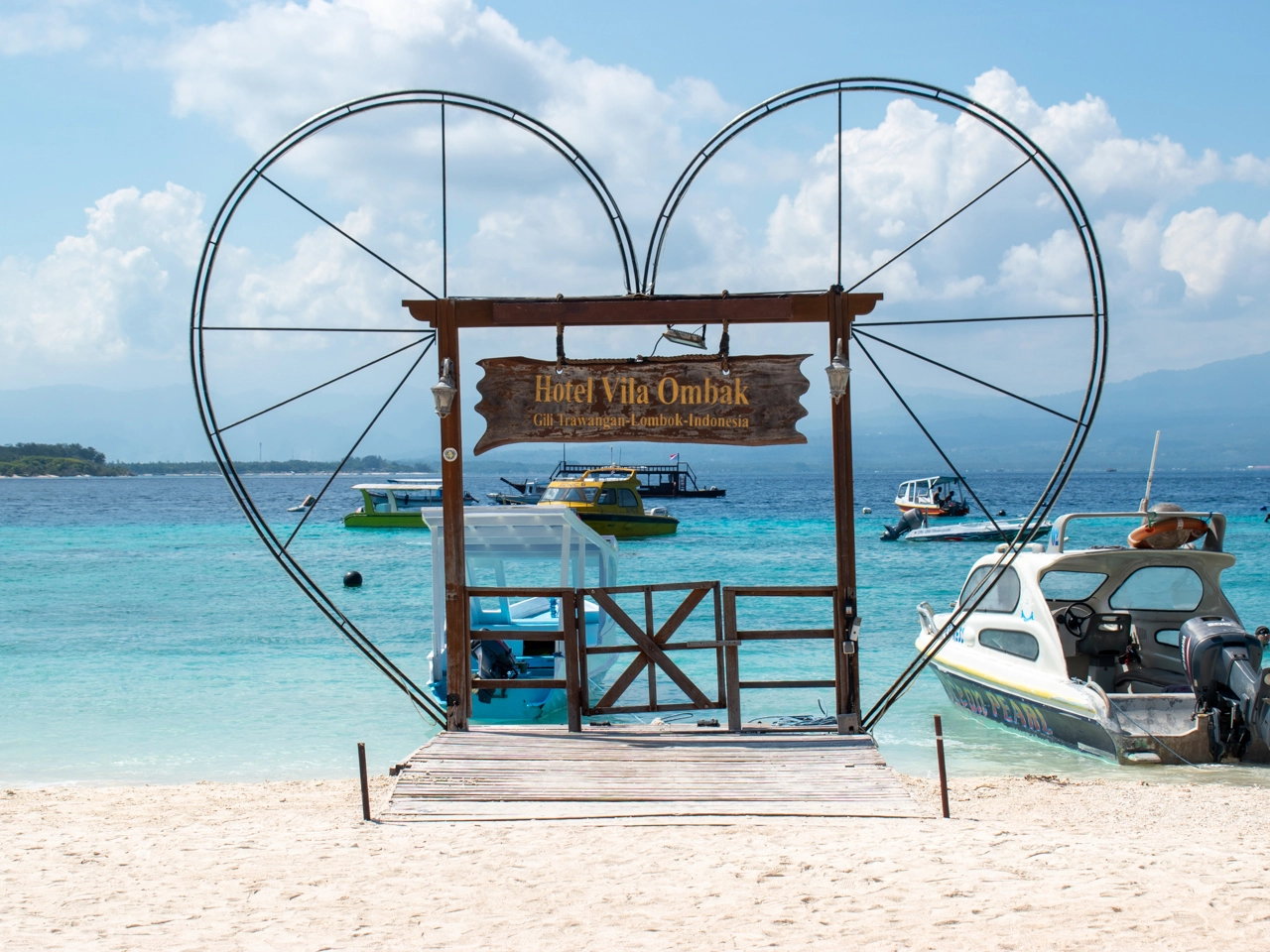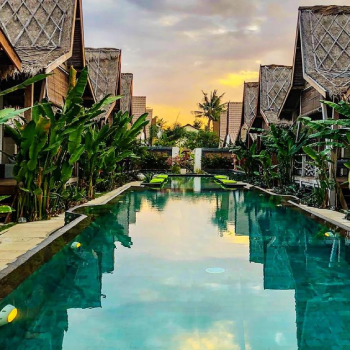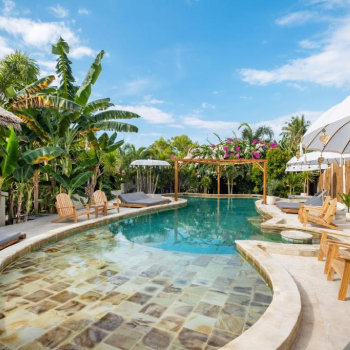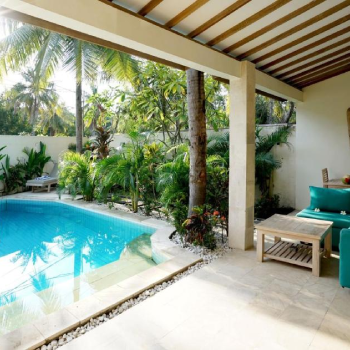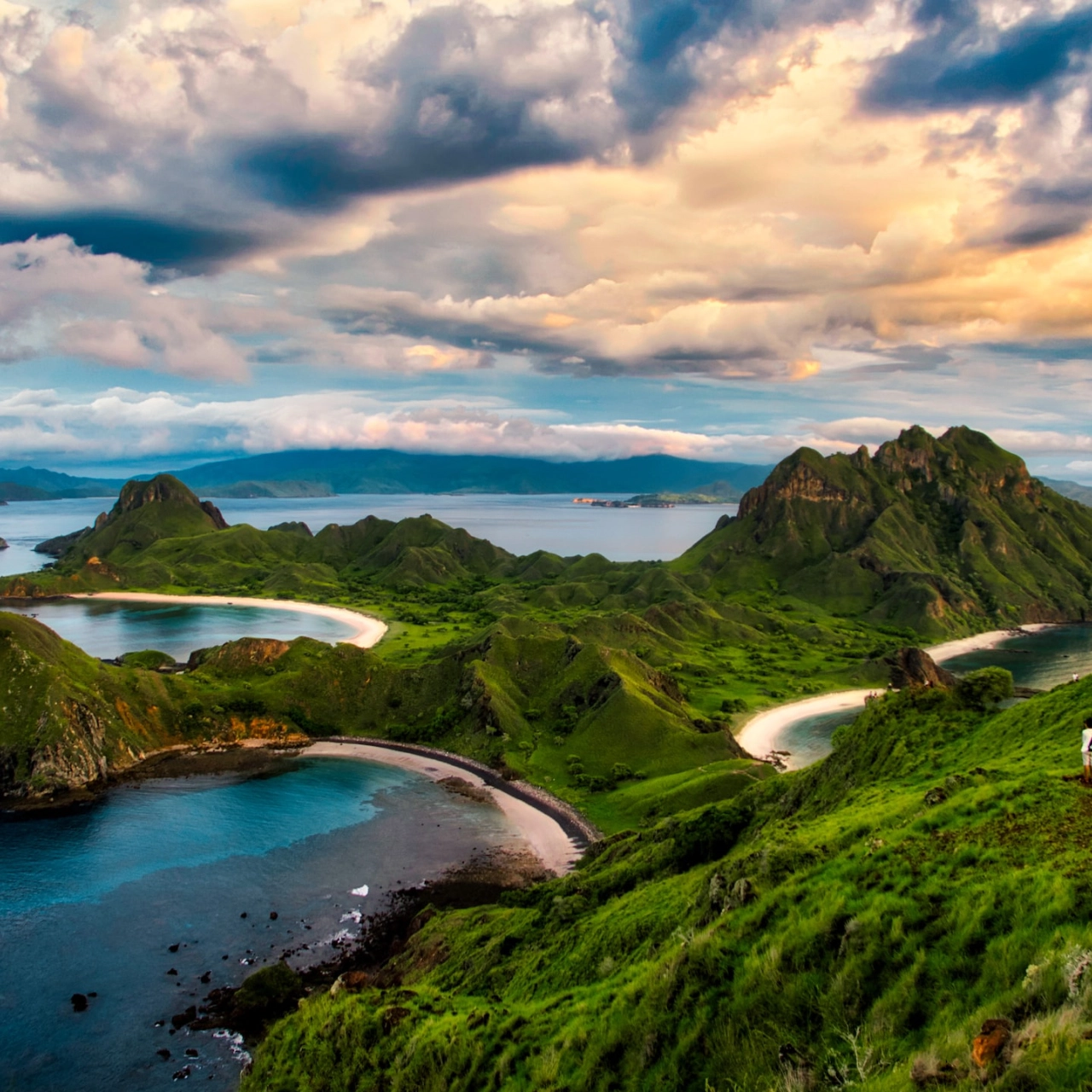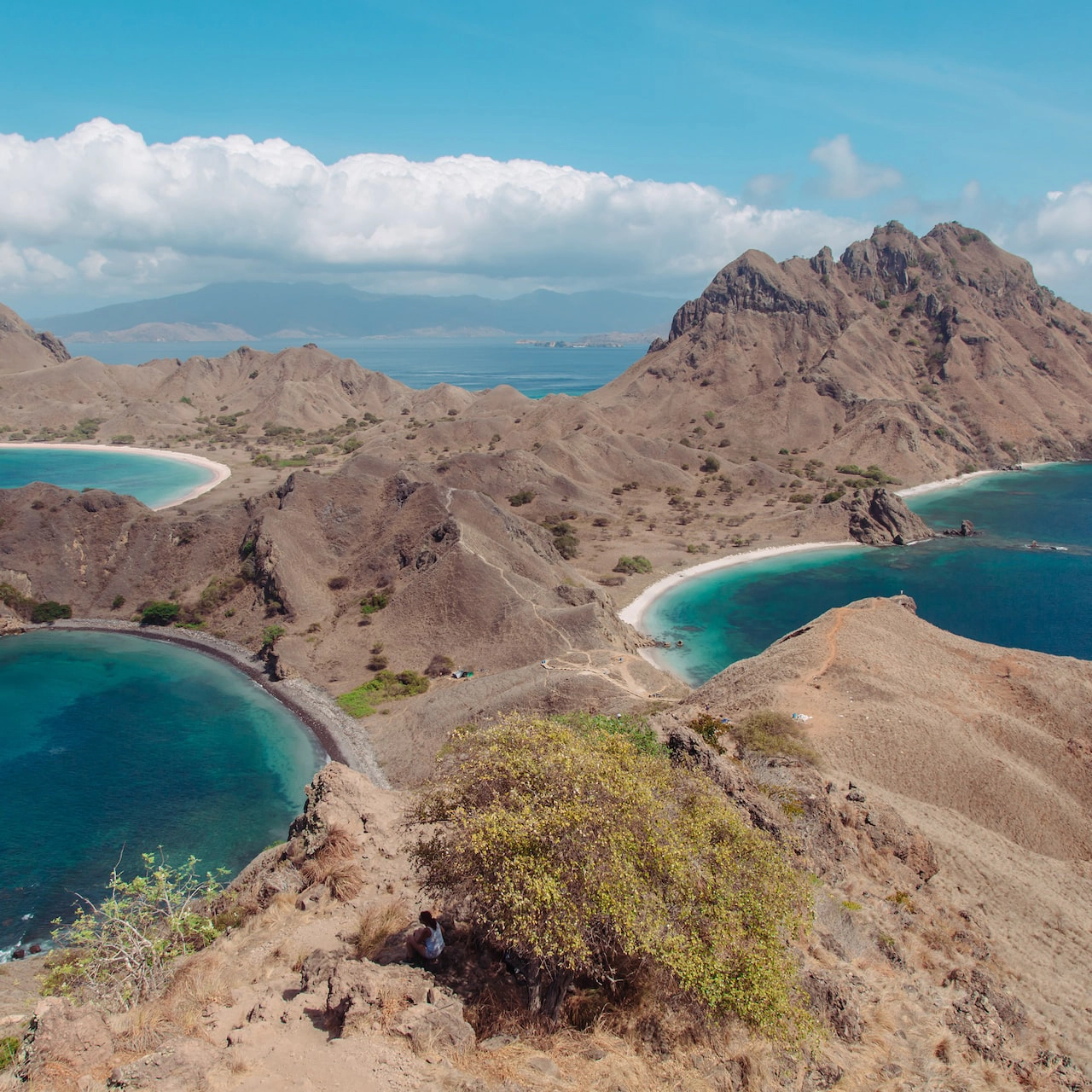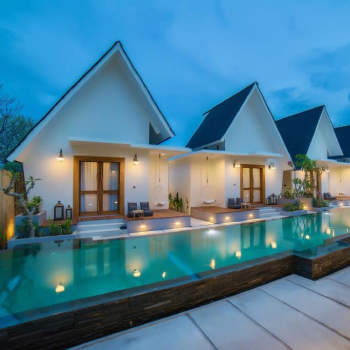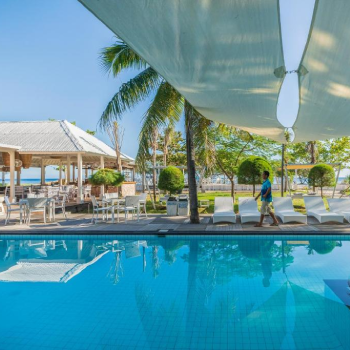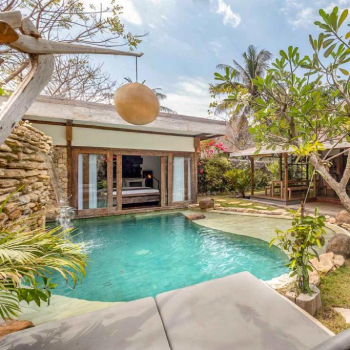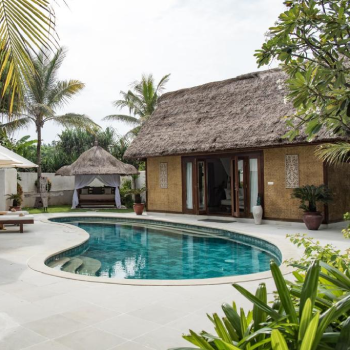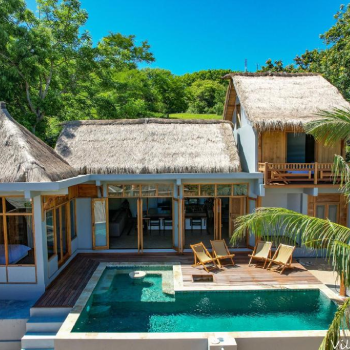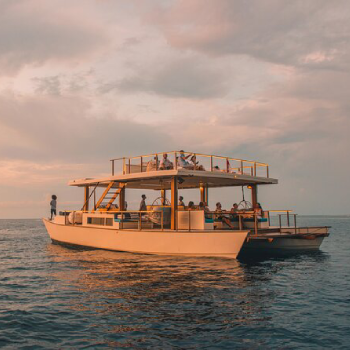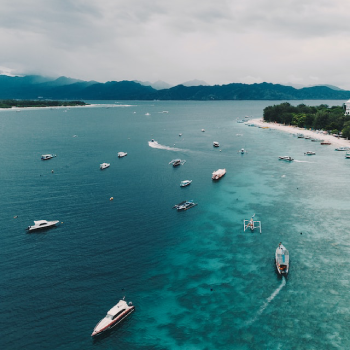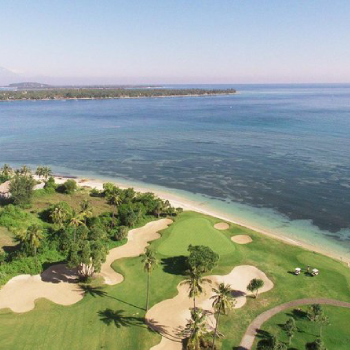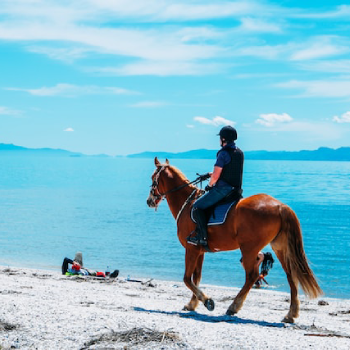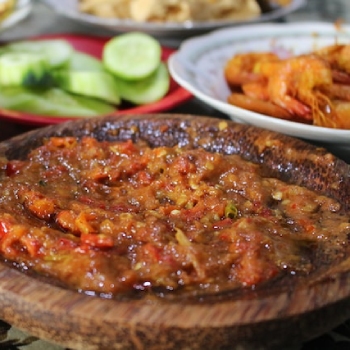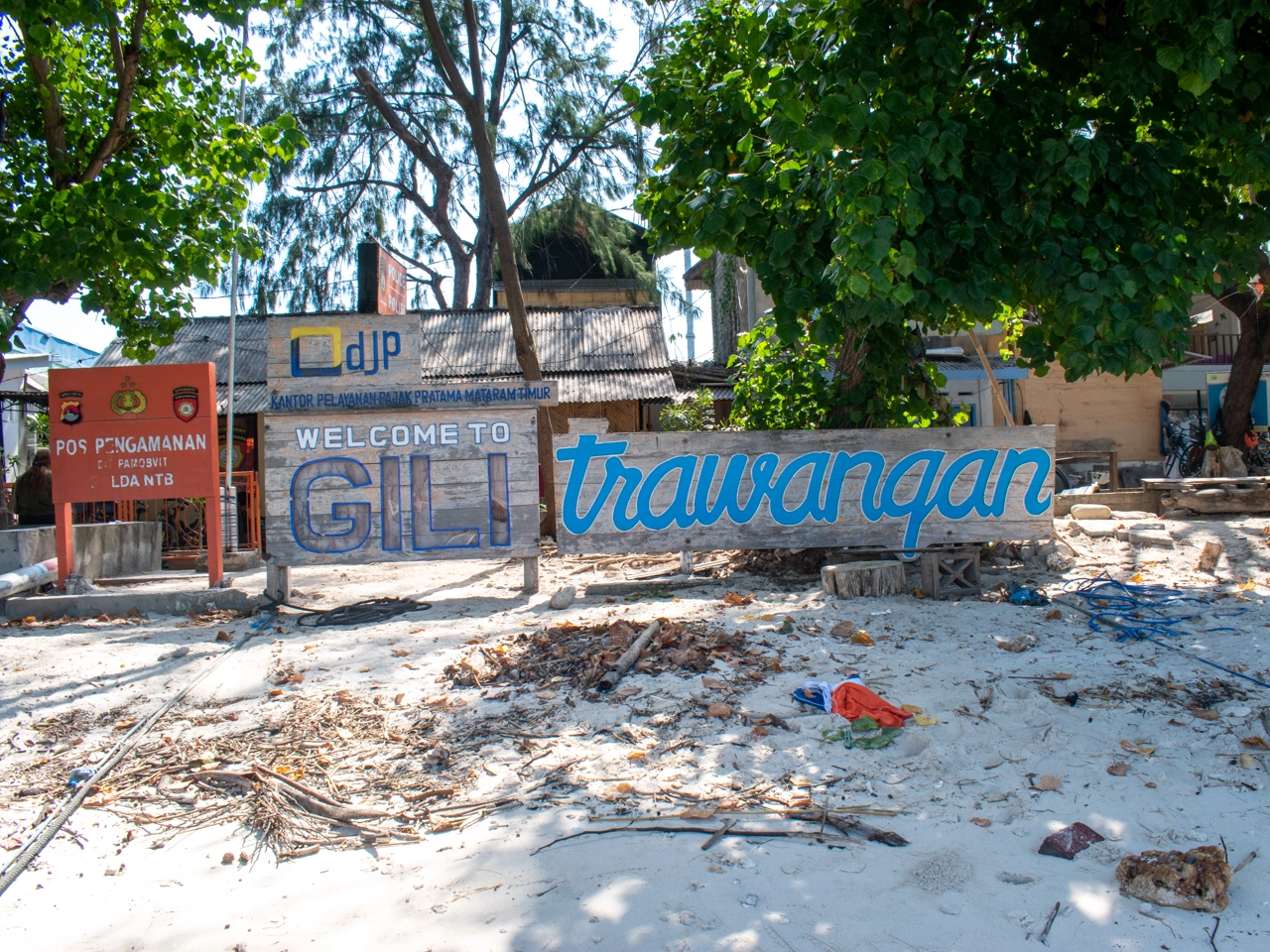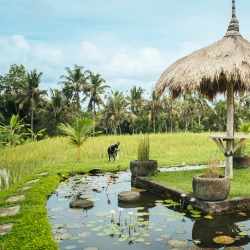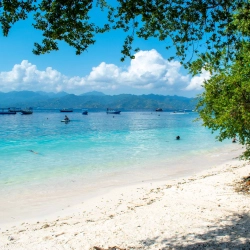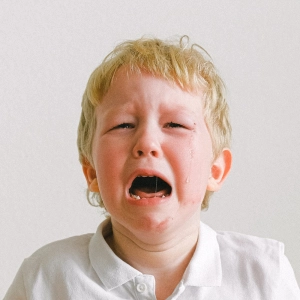Figuring out the perfect time to visit the Gili islands is super important if you want to dodge the hordes of people on the beaches and steer clear of the sudden downpours that can happen anytime.
When is the best time to visit the Gili islands?
May is the best time to visit the Gili islands. The rainy season is over, and everything looks super beautiful in nature. Plus, there aren't as many people around, so you can enjoy the place without big crowds.
When is the worst time to visit the Gili islands?
The worst time to plan a visit to Gili islands is during the high season which stretches from July to September.
During this period, the island becomes incredibly crowded and prices skyrocket, making it less enjoyable.
It's also better to avoid December and the first few months of the year, as they tend to have more frequent rainfall.
I've arrived at this claim by thoroughly analyzing the data I've gathered and making personal observations. Now let’s jump into the details!
Gili Islands seasons
Being in a tropical area, the Gili islands have just two seasons the dry season and the rainy season.
The rainy season in Gili islands happens from October to April, lasting for a stretch of seven months. On the other hand, the dry season takes place from May to September, covering a shorter span of five months.
🌧 Rainy season: October - April
Based on this data, it's pretty clear that we'd want to dodge rainy days and gloomy skies when we visit the Gili islands. That's why it's best to come during the dry season.
But there are a couple of downsides we should keep in mind. First off, the dry season falls right around the holiday season, so there's gonna be more people around which can be a hassle.
Secondly, during this time, nature might not look its absolute best since it doesn't get as much water.
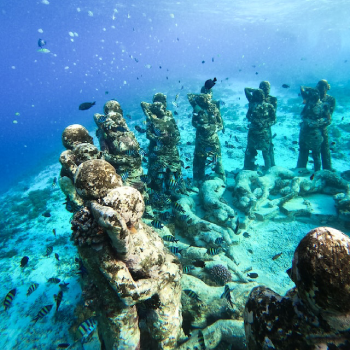
Now check out these two awesome pictures of Padar Island in the Komodo National Park.
The first picture was taken during the rainy season, and you can see how the grass looks all lush and green, making the island look absolutely fantastic.
The second image was snapped during the dry season, which explains why the grass appears kinda brownish and a bit dirty.
That brownish color usually shows up during the last two months of the dry season, especially in September. That's when you'll end up with a bunch of dusty shoes too!
Just so you know, Padar Island is known for its barrenness, so don't worry, Gili islands won't be as dry as this island during the dry season.
The weather gets pretty extreme at the start and end of the rainy season. November can get scorching hot, even indoors, while April doesn't see much rain but tends to bring seasonal sickness.
If we're talking about the worst months to visit Gili islands based on the seasons, September takes the cake with its brownish and dirty look, November gets you feeling like you're in an oven, and February showers almost every single day.
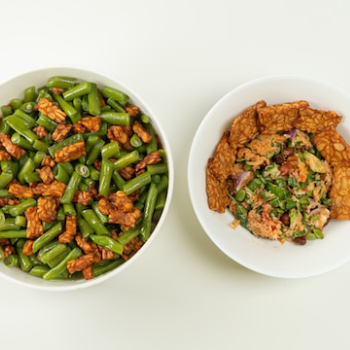
Number of visitors
Now that we've got a handle on the seasons, the next thing to think about before heading to the Gili Islands is how crowded they get each month.
Since the Gili Islands are near Bali and people usually visit Bali first, let's check out some data on the number of tourists in Bali.
Bali is a hot spot for both local Indonesians and international travelers all year round. But there's definitely a pattern when it comes to how many visitors show up each month.
Check out this table showing the number of international visitors in Bali during 2019 when everything was running smoothly:
| Month | Visitors |
|---|---|
| January | 455,570 |
| February | 437,456 |
| March | 449,569 |
| April | 477,069 |
| May | 486,602 |
| June | 549,516 |
| July | 604,323 |
| August | 606,412 |
| September | 590,398 |
| October | 567,967 |
| November | 497,925 |
| December | 552,403 |
| TOTAL | 6,275,210 |
It's easy to notice that Bali had loads of tourists in August while February had the least visitors back in 2019.
This pattern keeps happening with July and August being the busiest months when prices tend to go up and January and February being the quieter period when prices are usually more wallet-friendly.
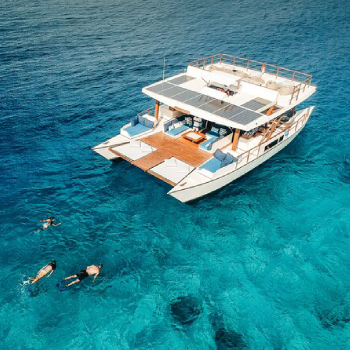
Now, it's not directly about the best time to visit Bali, but it's interesting to see where all these visitors are coming from on this table below.
Bali international visitors in 2019
| Nationality | Visitors | Share |
|---|---|---|
| Australian | 1,247,387 | 19.88% |
| Chinese | 1,183,991 | 18.87% |
| Indian | 372,029 | 5.93% |
| British | 287,258 | 4.58% |
| American | 276,511 | 4.41% |
| Japanese | 257,220 | 4.10% |
| South Korean | 212,846 | 3.39% |
| French | 208,975 | 3.33% |
| Germans | 197,478 | 3.15% |
| Malaysian | 184,892 | 2.95% |
| Singaporean | 163,377 | 2.60% |
| Russian | 143,238 | 2.28% |
| New Zealanders | 132,284 | 2.11% |
| Dutch | 116,615 | 1.86% |
| Taiwanese | 107,366 | 1.71% |
| Filipinos | 106,902 | 1.70% |
| Canadian | 73,727 | 1.17% |
| Thai | 61,083 | 0.97% |
| Spanish | 56,431 | 0.90% |
| Italians | 56,374 | 0.90% |
| Others | 829,226 | 13.21% |
| TOTAL | 6,275,210 | 100% |
Conclusion
When it's the rainy season in Gili islands, everything looks super fresh and green. But when the dry season starts, things can get a bit dry.
Looking at the numbers, we can say that May is the best time to visit the Gili islands. Nature still looks amazing, it's not too crowded, and you won't have to worry much about rain ruining your trip.
If you want to save some money, January and February are great months to visit the Gili islands. It's the cheapest time to go and have a fun adventure!
